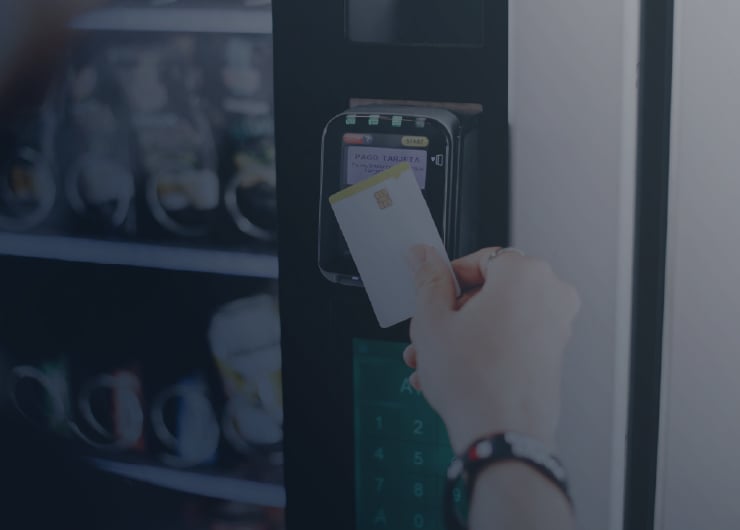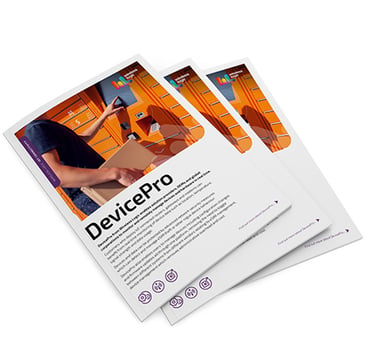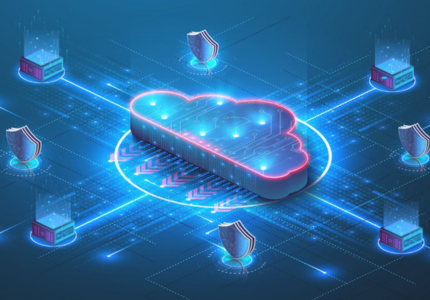IoT devices can’t be deployed then forgotten about. They must be monitored and managed to keep track of their location, environmental temperature, signal strength and other important parameters. They must also be managed to update firmware, configure changes, run diagnostics and collect data. This is an overview of IoT device management. As you scale your IoT deployments, it will help you plan how to monitor and manage them remotely from the start.
Almost a quarter (24%) of respondents’ to Beecham Research’s 2023 survey said their IoT projects were unsuccessful or mostly unsuccessful. That is a worrying statistic, and while many factors will contribute to IoT project failure one thing is certain, understanding what can go wrong, and planning to minimise the risks, is inherent to good project outcomes.
Why you should monitor IoT devices
Once IoT devices are out there, you can’t simply forget them until they’re decommissioned. If you don’t monitor your IoT devices, you can’t know how they are performing, determine what you can do to make them more efficient or effective, or be sure they are secure. But how do you get started with device management?
Firstly, you must have a handle on the whole of your IoT estate. That sounds obvious, but it isn’t uncommon for companies not to know how many devices they have out there. If an estate has built up over time, and contains devices from different providers connected to a range of networks, basic inventory can be a problem, let alone consolidated and complete visibility.
IoT devices are often deployed across large areas, they may be in remote locations or constantly on the move. You could send engineers to maintain them, but that is inefficient, expensive and a huge operational overhead. Maintenance schedules are unlikely to align either, as devices are usually deployed at different times and are at different stages of their lifecycle.
Security is a primary reason to monitor and update devices. In the Beecham Research survey mentioned above, 94% thought it important or very important to be able to update device and security software remotely (over the air - OTA). OTA updates are quicker to do and come at considerably less cost. They also mean you can respond more rapidly to a situation or emergency.
That could be a device going offline unexpectedly, exhibiting unusual data usage or failing to transmit data at all. Cyberattacks can be at the route of such behaviour, but careful monitoring and management can expose and deal with the issue. Other factors could be at play too, like electromechanical failure, a network outage or inadequate maintenance. In all cases, you can’t act if you can’t monitor or manage the device.

The challenges of managing IoT devices
IoT estates are often complex and so device management presents a number of challenges:
Device types and protocols
Different device types and protocols increase complexity, requiring standardisation efforts and platform integration.
In-house development
You want to minimise the in-house effort you must expend to customise devices for management (protocols, testing, certification and so forth). Adopting flexible platforms can help you do that.
Full lifecycle management
IoT device interaction isn’t only about collecting data, you must also manage provisioning, diagnostics, repairs and maintenance. To do this at scale, you need automation and robust systems.
Security at scale
IoT security is challenging. Devices are vulnerable to attacks. They need automated updates, continuous monitoring and tailored security protocols.
Interoperability
Devices from different vendors often aren’t standardised, making it even more complicated to manage them across systems.

Best practice IoT device management
These challenges can be addressed with a device management platform that gives you visibility into your IoT estate and equips you to manage devices. That way, you can configure changes, update firmware, run diagnostics and monitor and collect data remotely.
You can also deploy devices rapidly, access hardware information in real time for insights into signal strength, operating environment and firmware version, and detect fraud and other rogue device behaviour.
Together, these capabilities save you cost and time to improve your IoT return on investment and reduce total cost of ownership. They also improve the user experience and make scaling your solution simpler.
Take the next step
The IoT is transforming sectors across health, energy, agriculture and more. IoT devices are deployed at the site of data collection. That can make them vulnerable, but they are not out of reach. You can monitor and manage your IoT devices successfully with an all-in-one, feature-rich device management platform.
Wireless Logic can help. Get the complete device management guide
or talk to our experts.






